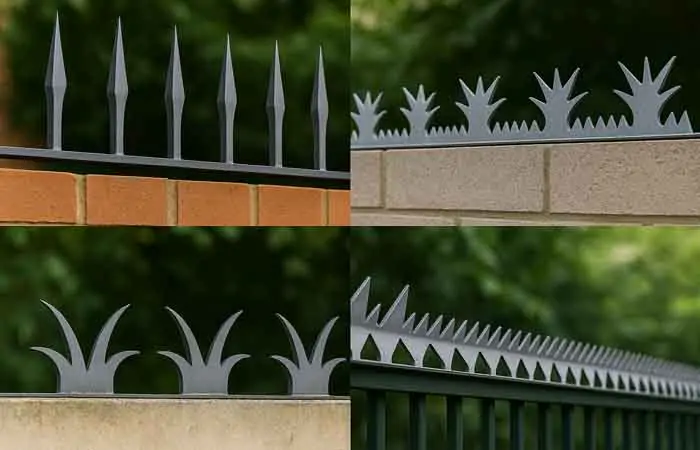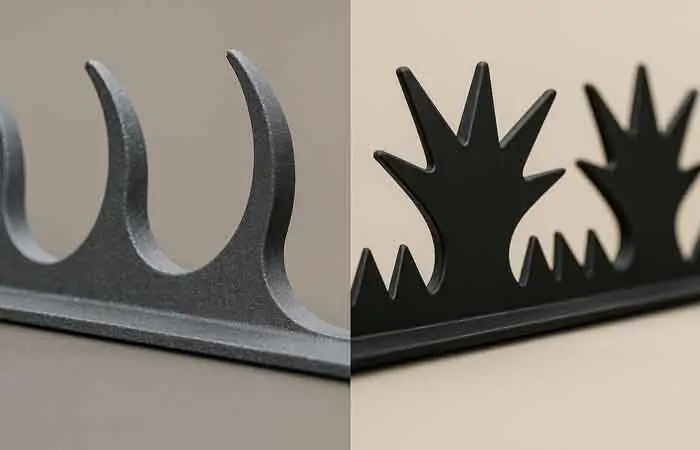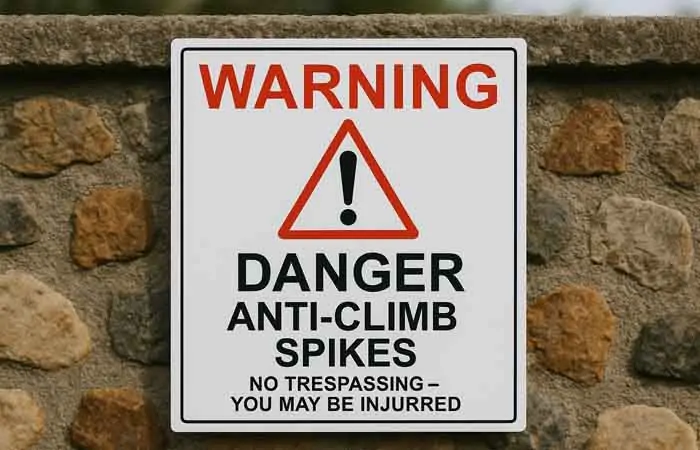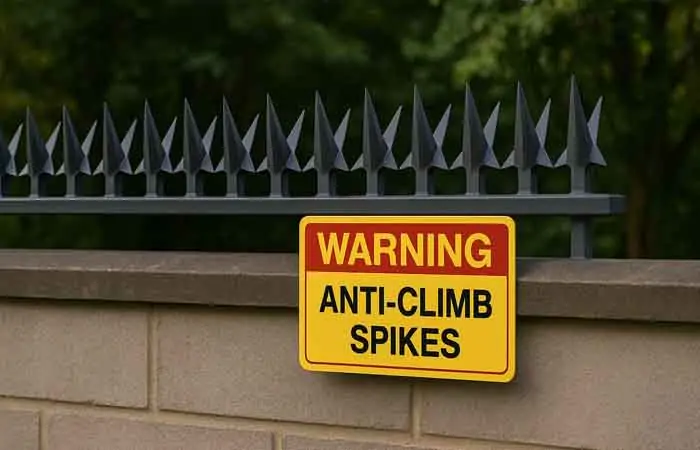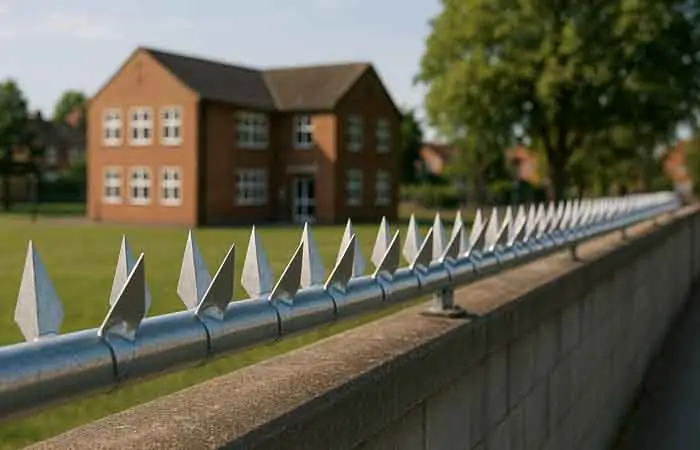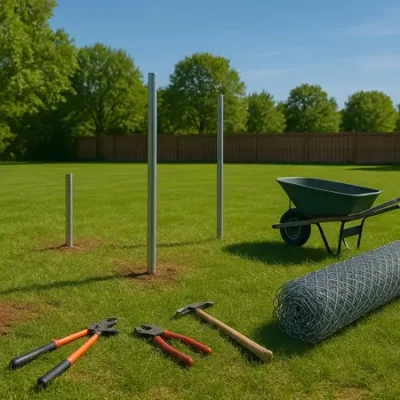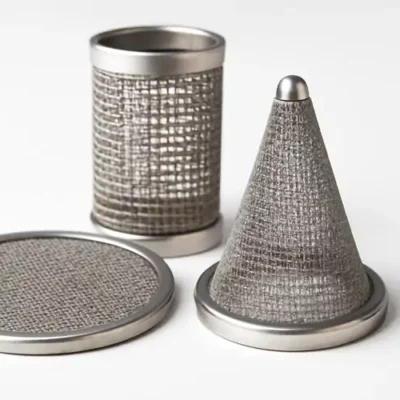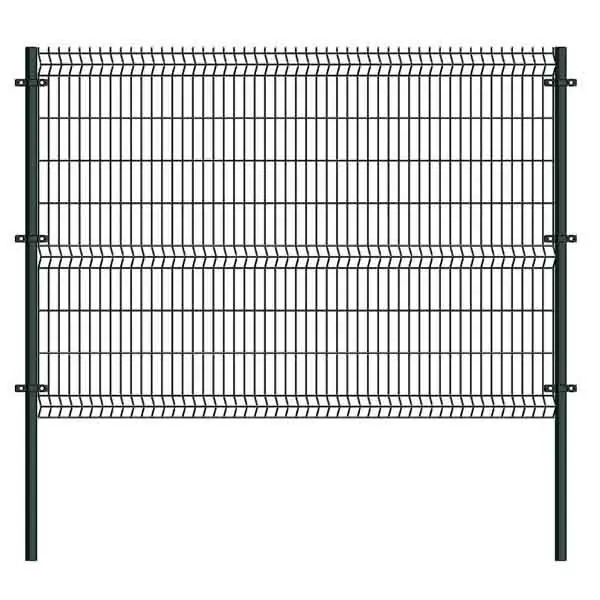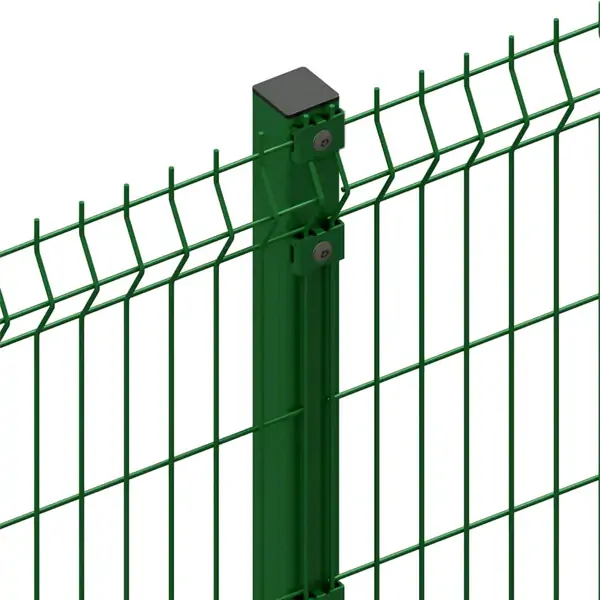Table of Contents
ToggleIntroduction
In recent years, property owners across the UK and other parts of the world have been turning to anti climb fence spikes as a simple yet effective deterrent against trespassers, burglars, and vandals. Whether you’re securing a residential garden wall or protecting a commercial facility, fence spikes offer a practical physical and psychological barrier.
However, many people are unaware that incorrect installation or misuse of these spikes could lead to legal issues—ranging from injury liability to regulatory fines. In this article, we’ll explore how to use anti climb fence spikes legally and safely, helping you fortify your perimeter without crossing the line.
What Are Anti-Climb Fence Spikes?
Anti-climb fence spikes are physical deterrents mounted to the tops of fences, walls, gates, and drainpipes to prevent unauthorized climbing. These spikes come in a variety of forms:
-
Plastic fence spikes: Less aggressive in appearance, often used in residential settings.
-
Metal spikes: More durable and visually intimidating, commonly used for commercial or high-security locations.
-
Roller barriers: Rotating cylinders that make it nearly impossible to gain grip, offering a non-aggressive but highly effective option.
Most spike systems are designed to discourage rather than injure, which is key from a legal standpoint. Their main purpose is to make it physically difficult and psychologically unappealing to climb over your barrier.
Do Anti-Climb Fence Spikes Really Work?
Yes—and in multiple ways. Their strength lies not just in their physical structure but in their visual impact. The mere sight of spikes atop a fence sends a strong message: “Keep out.”
Key Benefits:
-
Prevention over confrontation: Spikes deter trespassers before a crime is attempted.
-
Low maintenance: Unlike motion detectors or alarms, they don’t require power.
-
Cost-effective: Once installed, they offer years of protection with minimal upkeep.
Studies and anecdotal reports suggest that when spikes are clearly visible, they reduce the likelihood of intrusion by opportunistic criminals.
Are Fence Spikes Legal? (UK and Beyond)
UK Law Overview
Under UK law, fence spikes are legal as long as they do not pose an unreasonable risk to people. Property owners have a duty of care under the Occupiers’ Liability Act 1984, even toward intruders.
To stay compliant:
-
Spikes must be placed at a reasonable height, usually above 2 meters.
-
You must display clear warning signs indicating the presence of spikes.
-
The spikes must not be intended or capable of causing serious injury.
Outside the UK
In Australia and other countries, similar legal expectations apply. While laws vary by region, the general principles of reasonable force and duty of care remain constant.
Always check local regulations before installation, especially if you’re near public walkways or neighboring properties.
How to Install Fence Spikes Legally
1. Choose the Right Location
Install spikes only on your own property and at a height of at least 2 meters to minimize the risk to passersby.
2. Use Proper Signage
Install durable and visible signs reading something like:
“WARNING: ANTI-CLIMB SPIKES – DO NOT ATTEMPT TO CLIMB”
Place them at eye level and every few meters along the length of the barrier.
3. Avoid Public Hazards
-
Do not install spikes on fences that border public footpaths at low levels.
-
Ensure that pets and wildlife cannot be harmed by the spikes.
-
Avoid overhanging into public space or neighboring properties.
4. Use Approved Products
Some retailers offer law-compliant spikes that are specifically designed not to cause harm but still deter climbing.
Types of Anti-Climb Spikes and Their Uses
| Type | Description | Best Use |
|---|---|---|
| Plastic Spikes | Non-lethal, flexible, often bird-friendly | Homes, gardens |
| Metal Spikes | Durable, sharp edges | Industrial, warehouses |
| Roller Spikes | Rotating bars, difficult to grip | Schools, utilities |
| Fence Top Strips | Can be glued or screwed down | Quick residential upgrades |
Key Mistakes to Avoid
-
Installing Too Low: Spikes under 2 meters can injure pedestrians and are likely illegal.
-
No Warning Signs: This is the #1 reason people get into legal trouble.
-
Overly Aggressive Designs: Avoid razor wire or sharp glass if it could be deemed excessive force.
-
No Permission on Shared Walls: Get consent if the barrier is shared with neighbors or is managed by the council.
Public and Neighbor Concerns
Installing spikes in a way that frightens or angers your neighbors can backfire. It may cause complaints to your local council or even legal disputes. Here’s how to handle it:
-
Communicate your intent: Let neighbors know you’re installing spikes to deter intruders, not to intimidate them.
-
Use humane-looking products: Opt for roller barriers or rounded spikes if aesthetics are a concern.
-
Install professionally: A clean, safe installation builds trust and keeps you compliant.
Final Thoughts: Secure Your Property the Smart Way
Anti climb fence spikes can be an excellent line of defense against intrusion—when used properly. With the right choice of product, careful installation, and full legal compliance, you can create a secure barrier that respects both the law and your community.
Key Takeaways:
-
Choose humane, compliant spikes.
-
Install them high enough to avoid injury.
-
Use clear signage to avoid legal issues.
-
Stay informed about local regulations.
FAQs
Q: Can I install spikes on my garden wall?
A: Yes, if the wall is tall enough and on your property. Don’t forget to add warning signs.
Q: Do I need planning permission to install spikes?
A: Usually not, but check with your local authority, especially in conservation areas.
Q: Are roller spikes better than traditional ones?
A: They are more discreet and visually acceptable in public areas, often preferred by councils and schools.


